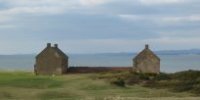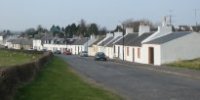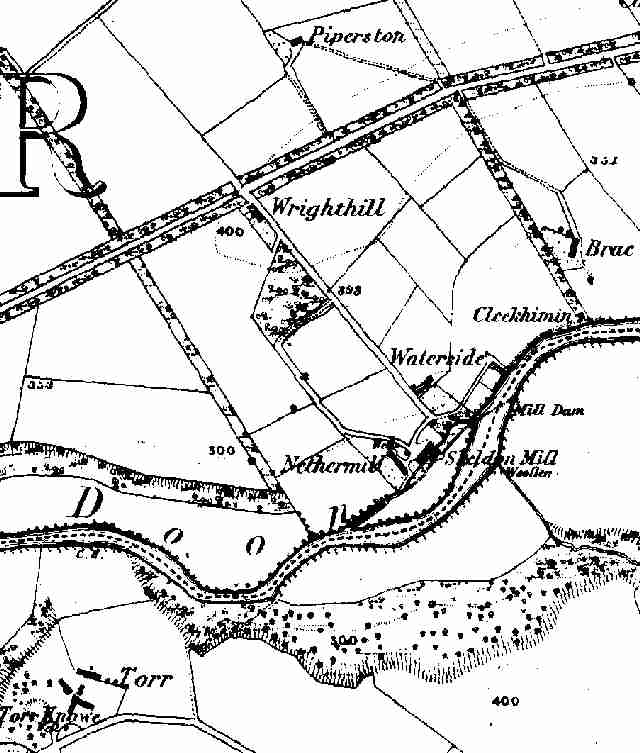 |
 |
 |
 |
Research Postings |
 |
Copyright notice: Links to this site are welcomed. However none of the material on the site may be duplicated in any form. The copyright of the articles is the property of the authors. Copyright of the web pages is the property of David McClure. |
Skeldon Mill, Dalrymple
Below: A section of the 1856 OS map showing Skeldon Mill. |
James
McCardle, 16 Nov 04: Family history centred on great-grandparents
living in SKELDON MILLS COTTAGES near Dalrymple, Ayrshire during
the years from about 1879 to 1906 - Knox Family - James Knox buried
in Dalrymple churchyard Grave No.83. From David McClure: 1) In July 1837 Rev. Robert Wallace wrote: 'At Nethermill, on the river Doon, there is a woollen manufactory [Skeldon Mill], carried on by Mr William Templeton, a gentleman of great ingenuity and success, with respect to machinery. In the course of last year, Mr Templeton introduced gas light into his mill, which is of the greatest consequence and comfort to the workers.' [New Statistical Account of Scotland.] 2) According to John Strawhorn and William Boyd in 1951, 'The only other industry [in the parish of Dalrymple] is blanket weaving. On the Doon at a point near Skeldon estate there is a small blanket mill. It employed about 70 hands before the [Second World] War, but limited production owing to scarcity of materials has reduced that number.' [Ayrshire: The Third Statistical Account of Scotland.] 3) Woollen manufacture was a minor industry in the west of Scotland. In The Development of the West of Scotland 1750-1960, London 1975, Anthony Slaven devotes a chapter to 'The industrial base: the triumph of textiles', but the words 'wool' and 'woollen' do not appear in the index. The important textiles were linen and cotton. |
 |
|
4) The following is by James Pearson Wilson, from the compilation of his articles edited by Agnes M. Wilson and Susan W. Smith, and published under the title The Last Miller: The Cornmills of Ayrshire by the AANHS in 2000. 'Skeldon Mill 'Passing down the river [Doon] from Kerse Mill for two miles and a half was Nether Skeldon Mill. There were two estates of Skeldon, Nether and over Skeldon. The latter was renamed Hollybush and the other retained the name of Skeldon without the prefix. At an early date this mill was possessed by a branch of the Crawfords of Kerse. It was on the Barony of Lochmartnaham. The mill drive was a breast paddle wheel of about 14 horse power. David Templeton was tenant of the mill in 1851. The mill was situated in a hollow bend of the Doon about midway between Hollybush and Skeldon, and was carried on for many generation as an oatmeal mill until 1868 when the water power and mill were taken over by William T. Hammond, a nephew of James Templeton, carpet manufacturer, Ayr, who erected a woollen mill on the site for the manufacture of blankets.' 'The water power was increased by deepening the tailrace and carrying it about half a mile down the river giving it a fall of about nineteen feet at the water wheel. Several types of water wheels had been used sine the mill was erected. A new turbine was installed in the 1940s with horizontal drive by Gilks of Kendal, said to develop at full gate 150 horse power. From the head of the dam to the end of the tailrace was about a mile. Thus, in a mile of the River Doon, full gate could be achieved resulting in 150 h.p.' 5) From Discovering Ayrshire by John Strawhorn and Ken Andrew, Edingurgh 1988, 144: 'Skeldon Mills were rebuilt in 1961 but the old weir and a long lade survive. Notice the return channel to the lade near the downstream buildings.' |